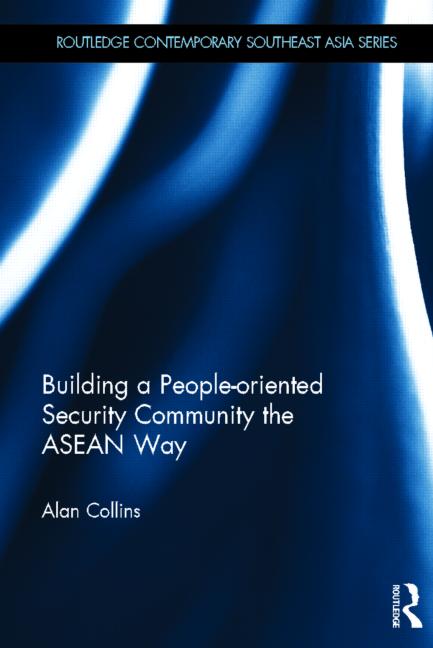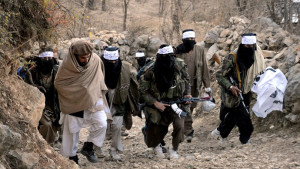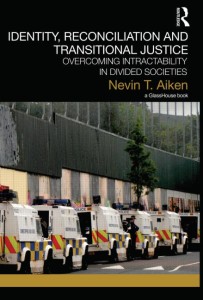
In order to argue the distinctiveness of ASEAN’s security community, Collins made two conceptual expansions of the term. Firstly, he looks at actors other than the elites at the state level by positing that non-state and non-elite actors in Civil Society Organizations (CSO) are the crucial players in community building. Secondly, he argues that the definition of security should be expanded from the more traditional conceptions, such as the use of force, to the more non-traditional security issues, such as human rights, health, and environmental security. In proving this argument, he structured the chapters logically.
The initial chapter focuses on analytically differentiating the regulative features of a security regime from the constitutive norms of a community building. The latter involves a sense of ‘we-ness’ that is firmly embedded amongst members of the organization. The second chapter analyzes the evolving features of ASEAN’s constitutive norms. With the recent political and economic shifts worldwide, ASEAN’s concern on building their strong[2] states and limiting interference from outside has translated to gradually interfering in the domestic affairs of its member and decreasing the relative importance of the traditionally held non-interference doctrine.[3] However, to show that the changes in ASEAN are far reaching, the third chapter surveys the most recent role of CSOs in strengthening security through community building as a result of their activities, lobbying, and coalition building. These issues are Collin’s focus in the final three chapters as empirical studies which demonstrate ASEAN’s emerging security community in human rights, HIV, and natural disaster relief operations.
Two theoretical points are worth mentioning. First, the author engages the literature on state-society relations, the regionalization of state-level issues, and the eventual formation of stronger regional organizations. The conventionally held European Union example, which formed under the auspices of the United States’ (US) protection and the looming threat of Soviet Invasion, has been categorized as an elite-led regional organization. With the centrality of CSOs in strengthening security community building, Collin’s work is an important contribution to regionalization literature because it posits a non-elite path towards regionalization. Though some previous studies have engaged in the role of NGOs in the EU during the 1960s-1970s, it was the institutionalized role of the European Coal and Steel Commission’s High Commissioner that has been at the centre of the mainstream literature, which shows the elite character of the European regime. In addition, it highlights the confluence of traditional security issues and non-traditional security matters. Again, linking this to regionalization literature, this is a valuable contribution, which suggests that non-traditional matters could be venues for regional integration. This point demonstrates the route towards regionalization in an area of increasing economic flows and environmental issues across borders and generations.
However, several points of contention are open for review. First, I will focus on the initial argument of ASEAN security community building based on CSO participation through matters of non-traditional security. I would claim that human rights issues are still going nowhere in ASEAN: extra-judicial killings in the Philippines and the delay on the Freedom for Information Act,[4] are strong features of the state’s reluctance to embrace human rights. Perhaps, CSOs might have embraced these concepts but definitely not states. This brings out the weak link of Collins’ argument. Are issues of HIV cooperation, disaster relief operations, and let us say, human rights, bringing ASEAN countries closer to a security community? This deftly brings us to the second point. With the changes taking place in Myanmar, Collins directed our attention to the political level of ASEAN elites, who realise that they have to ‘get their act together’ or else intervention from outside will take place. If this is the culmination of shifting the relative importance of non-interference, then this is perhaps what is missing in matters of non-traditional security. The focus on CSO participation in non-traditional security appears to have diluted the process of how matters from ‘below’ relate to matters from ‘above.’ Put simply, how do non-traditional security matters affect traditional security matters? The locus of change, of greater security building, I believe, is in the interaction between these two securities, which the book mostly overlooked. Third, there seems to be little justification for the choice of the empirical demonstration of his arguments. Put simply, why were human rights, HIV, and natural disasters chosen amongst regional issues? Was it because the ASEAN was not cooperating on other issues, or was CSO participation strongest in these issues? Collins could have strengthened his work if he explained the relative importance of the issues not only to one another, but also to other regionalizing initiatives.
In sum, this is a very well argued, valuable book, particularly the innovative theoretical approach, which makes it a must read for anyone working on ASEAN, Regionalism, or Southeast Asian Studies. Moreover, regardless whether readers (including myself) agree the key arguments of this publication, it offers a good source of information on which varied lines of discussion on the development of ASEAN can be built on. With the AEC in 2015, this is a highly relevant and very timely book on ASEAN.
Published in Journal of Conflict Transformation and Security (JCTS) Vol. 4 | No. 1-2
[1] Karl Deutch argued that security communities make the use of force amongst its members unthinkable. See Deutch, K. (1954) Political Community at the International Level. Salt Lake City: Aadvark Global publishing Company
[2] Although strong states mean many things in Political Science, the review pertains to states in Southeast Asia, which have traditionally valued domestic stability at the expense of civil liberties.
[3] Hypothetically, this means that members of ASEAN do not interfere in another member’s domestic affairs.
[4] This institutionalizes Civil Society to demand information from the government and for the state to disclose information annually.



